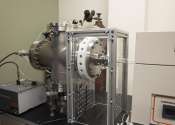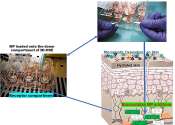Materials follow the 'Rule of Four,' but scientists don't know why yet
Scientists are normally happy to find regularities and correlations in their data—but only if they can explain them. Otherwise, they worry that those patterns might just be revealing some flaw in the data itself, so-called ...









